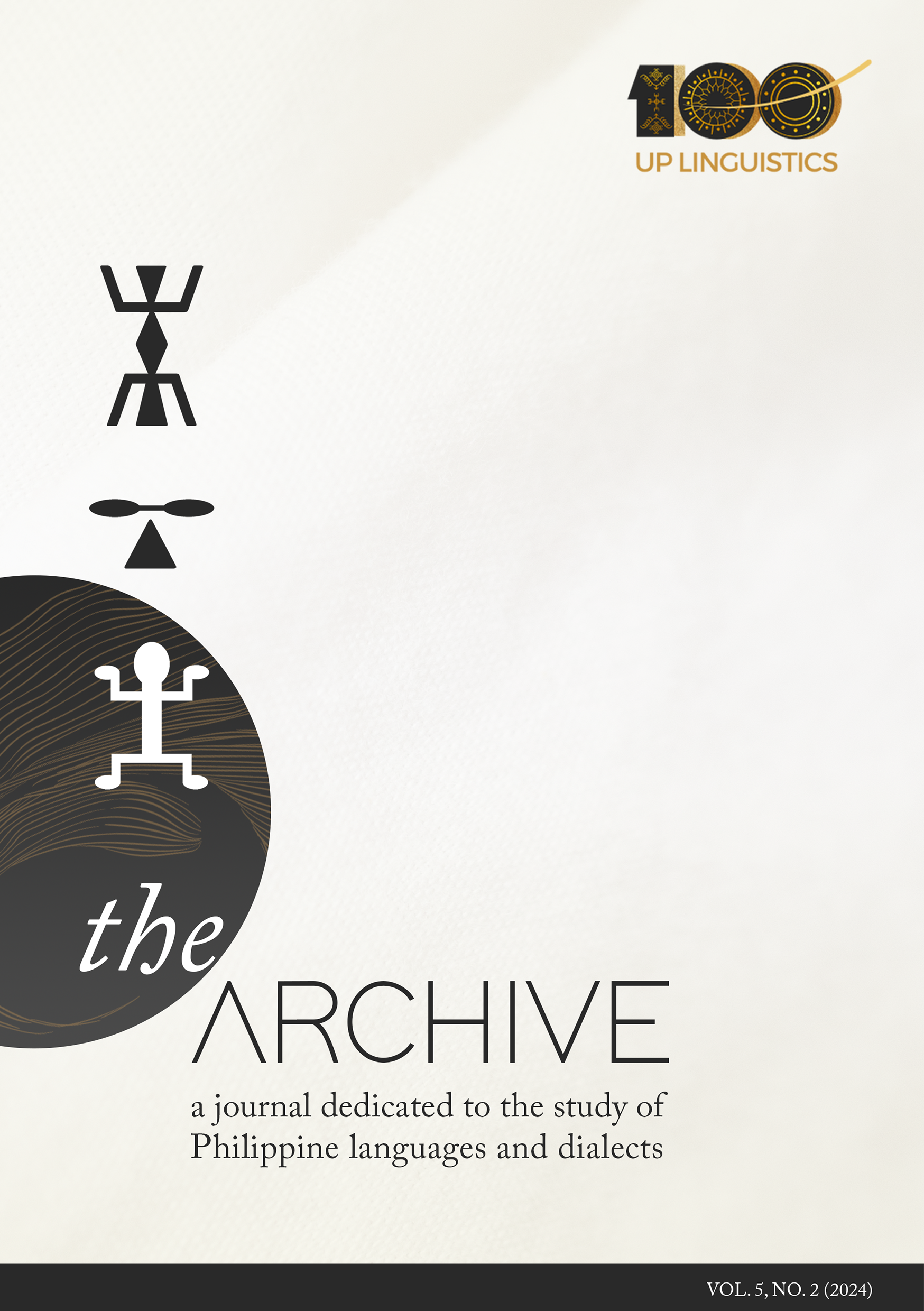Proto-Modern Astronomy in the Philippines
A History of Words, 10th-19th Century
Abstract
“Proto-modern astronomy” in the Philippines pertains either to an astronomical paradigm or a historical phase that mediates the “pre-modern” (i.e., indigenous Austronesian, since the 3500 BCE) and the “modern” (i.e., brought about by the Eurasian “scientific revolution,” 16th century CE). Among the Philippine communities, the existence of proto modern astronomy implies linguistic contact and socio-cultural interaction with Sanskrit, Arabic, and Malay speakers. Moreover, it shows the Philippine reception of foreign astronomical knowledge and practices before the advent of Euro-American colonialism.
To isolate the proto-modern elements, a discussion on pre-modern Austronesian astronomy is provided. Basic astronomical words can be reconstructed into the following protoforms: PAn *laŋiC ‘sky, heaven,’ PAn *qajaw ‘day, sun,’ PMP *qalejaw ‘day, sun,’ PAn *bulaN ‘moon,’ PAn *bituqen ‘star,’ PMP *talaq₁ ‘star,’ PPh *bulalákaw₂ ‘meteor, shooting star,’ PPh *dúlis ‘meteor, shooting star,’ and PPh *dúlit ‘meteor, shooting star.’ By identifying the foundational elements, we can now recognize the latter additions, marked by Sanskrit-Arabic influences through Malay. These additions appear in the form of words for ‘astral science/scientist,’ ‘heaven/hell,’ ‘deity/spirit,’ ‘eclipse,’ ‘Milky Way,’ ‘comet,’ ‘fixed star,’ and ‘planet,’ as well as cosmological, mathematical, and astrological ideas and practices. The period of the study begins in the 10th century CE, the time of the Laguna Copperplate Inscription, which contains the important word jyotisha ‘astral science; astrologer’ and ends in the 19th century, when the Spanish intrusion of the Pulangi Valley, mainly through the Jesuit missionaries, led to the documentation of Maguindanaon, whose astronomical loanwords were clearly from Sanskrit-Malay and Arabic-Malay.


